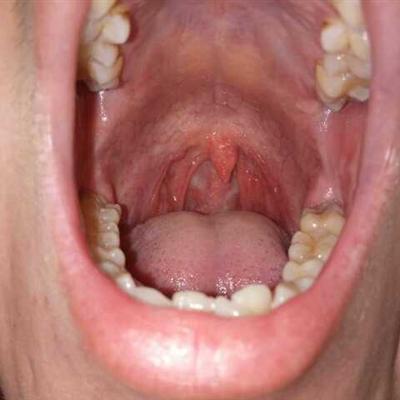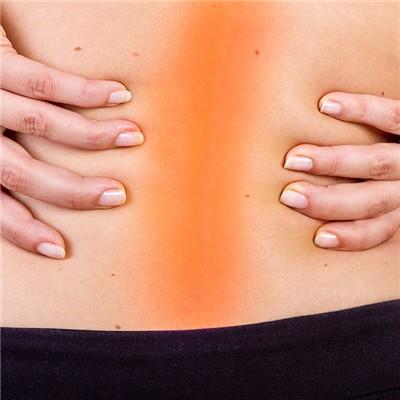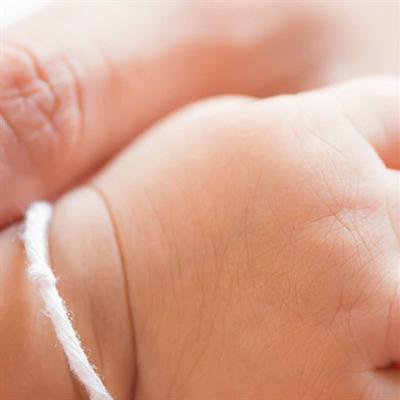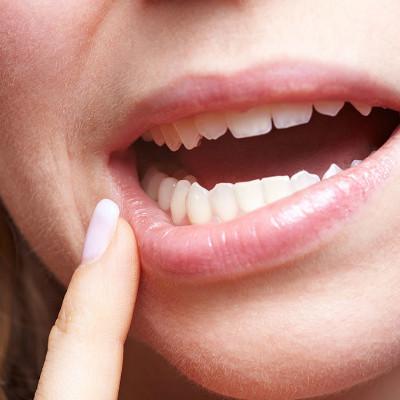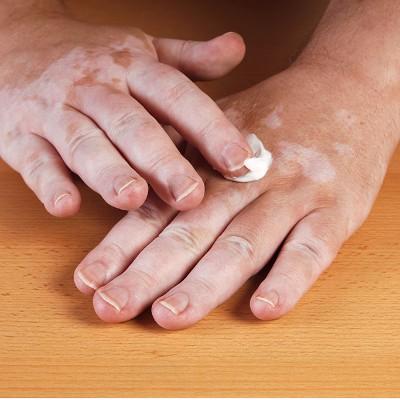What are the causes of narrow and flat thorax?
summary
Kyphosis is the main symptom of juvenile vertebral osteochondrosis with ankylosis. Neck often flexion, shoulder droop, chest narrow and flat, scapula prominent. The thoracic changes caused by spinal deformity are serious, because of lordosis, kyphosis or scoliosis, resulting in asymmetry of both sides of the thoracic, rib space widened or narrowed. The relationship between thoracic organs and surface markers changed. The changes of thoracic shape caused by severe spinal deformity can cause respiratory and circulatory dysfunction. Common in spinal tuberculosis. Some scholars believe that the disease is aseptic necrosis of the annular epiphysis. What are the causes of narrow and flat thorax?
What are the causes of narrow and flat thorax?
The main lesion was intervertebral cartilage. It is because there are congenital or developmental defects at the junction of spongy bone and cartilage. When the weight is over loaded, the nucleus pulposus of intervertebral disc protrudes into the vertebral body and destroys the vertebral cartilage plate, resulting in unbalanced growth; At the same time, the intervertebral disc also lost its buffering (protection) function, causing excessive pressure on the anterior edge of the vertebral body, resulting in growth retardation, vertebral wedge-shaped degeneration and fragmentation. The posterior edge of the vertebral body maintains its original height due to the protection of the posterior articular process, resulting in kyphosis deformity of the spine.

There are also chest collapse deformities: chest collapse deformities are common in pectus excavatum. The sign of pectus excavatum is that the sternal body (especially the root of xiphoid process) and its corresponding costal cartilages of the third to sixth ribs are invaginated, which makes the chest wall like a funnel and the heart is compressed and displaced. Patients with mild pectus excavatum compression in infancy are often ignored. Although some patients have inspiratory wheezing and depression of sternum, the cause of airway obstruction can not be detected. Children are often thin and weak, not active, easy to get upper respiratory tract infection, activity ability is limited. Forced expiratory volume and maximal ventilation volume decreased significantly. Panic, shortness of breath and dyspnea occurred during activities. In addition to chest deformity, signs often have mild hunchback, abdominal protrusion and other special body.

Chest abnormality: the chest is composed of thoracic vertebrae, sternum, ribs and intercostal tissues. There are chest wall and shoulder muscles outside and pleura inside. The upper opening of the thorax is a ring composed of the upper edge of the sternum and the first rib, which is called the entrance of the thorax. The trachea, esophagus and large blood vessels all pass through this opening, from the neck to the chest. The inferior opening of the thorax is closed by the diaphragm, only a few hiatus communicate with the thorax and abdomen, and some organs pass through the hiatus. The ratio of the anterior and posterior diameter of the chest in adults is 1:1.5. The anterior and posterior diameter of the chest in children and the elderly is slightly less than the transverse diameter. If it is found that the size and shape of the thorax have obvious changes and lose normality, resulting in symmetrical or asymmetrical changes of the thorax, it is called abnormal thorax. Due to the different degree of deformation of each tissue structure of the thorax, it shows various forms of abnormal thorax.
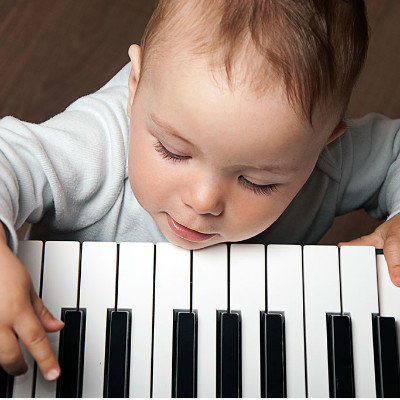
matters needing attention
It is very important to keep a good attitude, keep a good mood, have optimistic, open-minded spirit, strong confidence to overcome the disease. Don't be afraid. Only in this way can we mobilize people's subjective initiative and improve the body's immune function. Adjust daily life and workload, regular activities and exercise, avoid fatigue. Maintain emotional stability, avoid emotional excitement and tension.





